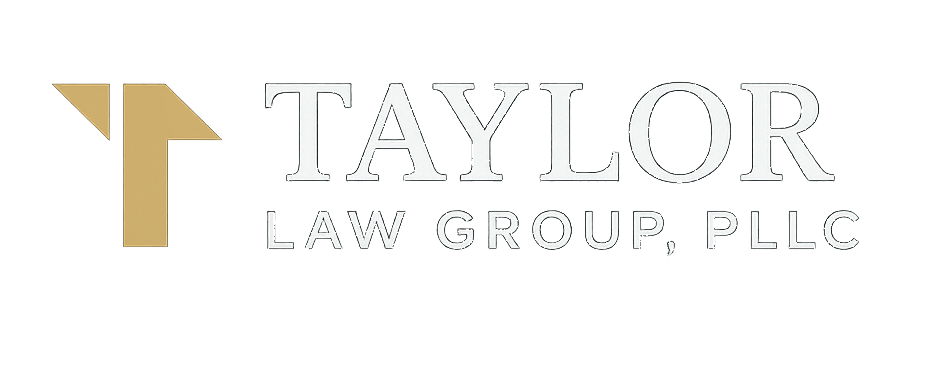What’s charged:
- Misconduct Involving Weapons (MIW) A.R.S. § 13-3102:
wide range of conduct (e.g., carrying in prohibited places, defaced serial numbers, firing within city limits, etc.).
- Prohibited Possessor
A.R.S. § 13-3101A7:
felony convictions, pending indictments, on release, on probation,
domestic violence convictions,
civil protective orders in place, court orders, or mental-health adjudications can trigger prohibited possessor status—paired with possession =
felony.
What the State must prove:
- Possession (actual or constructive) of the firearm/weapon;
- You were a prohibited possessor (and knew/should have known the status facts in many scenarios);
- Any location-based or conduct-based elements (e.g., prohibited place, defaced number).
Common defenses we use:
- Bad stop/search (vehicle, home, person) → suppression
- No possession (another’s bag/vehicle; no fingerprints/DNA; mere proximity)
- Status wrong or restored (set-aside, rights restored, expungement confusion)
- No knowledge of weapon or status (facts matter)
- Serial number not defaced / lab issues / chain of custody
Penalties at a glance:
Common charge levels (vary by subsection):
- Prohibited Possessor (A.R.S. § 13-3101 status + possession; charged under § 13-3102): typically a Class 4 felony.
- Defaced serial number / certain conduct under § 13-3102: often Class 6 felony.
- Location/behavior-based MIW under § 13-3102 (e.g., prohibited places): can be Class 1 misdemeanor in some scenarios. (Exact grading depends on the specific subsection alleged.)
- Felony exposure (first-time, non-dangerous):
Class 4: 1 – 3.75 years prison (presumptive 2.5); fines up to $150,000.
Class 5: 0.5 – 2.5 years (presumptive 1.5).
Class 6: ~0.33 – 2 years (presumptive 1).
- Probation may be possible on non-dangerous felonies, fact-dependent.)
- Misdemeanor exposure (first offense):
Class 1: up to 6 months jail, up to $2,500 fine (plus surcharges), up to 3 years probation.
Status/knowledge and possession (actual vs. constructive) drive outcomes.
Illegal stop/search → suppression can collapse the case.
Rights restoration / set-aside may defeat “prohibited” status.
Separate federal exposure (18 U.S.C. § 922(g)) is possible in some fact patterns.
Real-world results turn on the specific subsection, priors, “dangerous” designations, and the court.
- We attack status, proof, possession, and the stop/search first.
Possible outcomes:
- Dismissals / suppression-based wins
- Reductions (felony → misdemeanor or lesser felony)
- Diversion (select courts/circumstances), probation with conditions
What to do right now:
- Do not discuss the case with anyone but your lawyer
- Follow all release and no-contact conditions exactly
- Don’t discuss ownership or where the gun was found
- Preserve sales receipts, restoration paperwork, and communications
- List witnesses and who had access to the area/vehicle
- Get a defense plan moving quickly—early action creates better options


